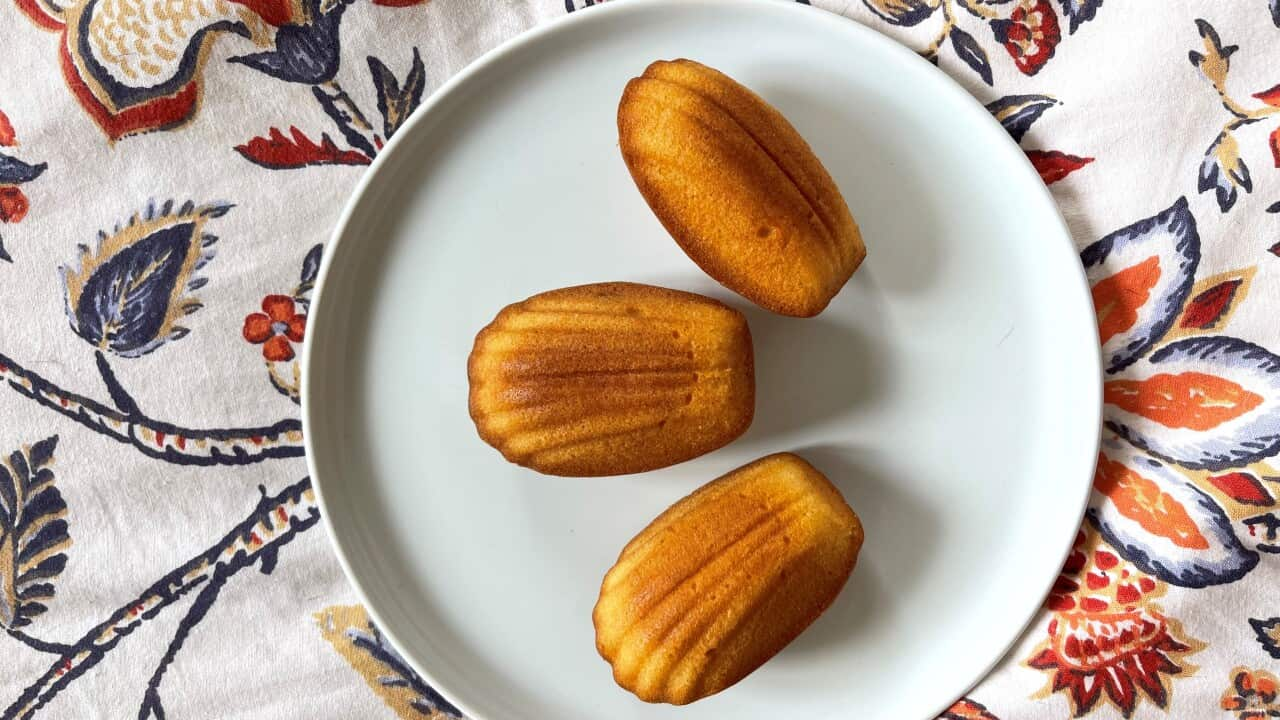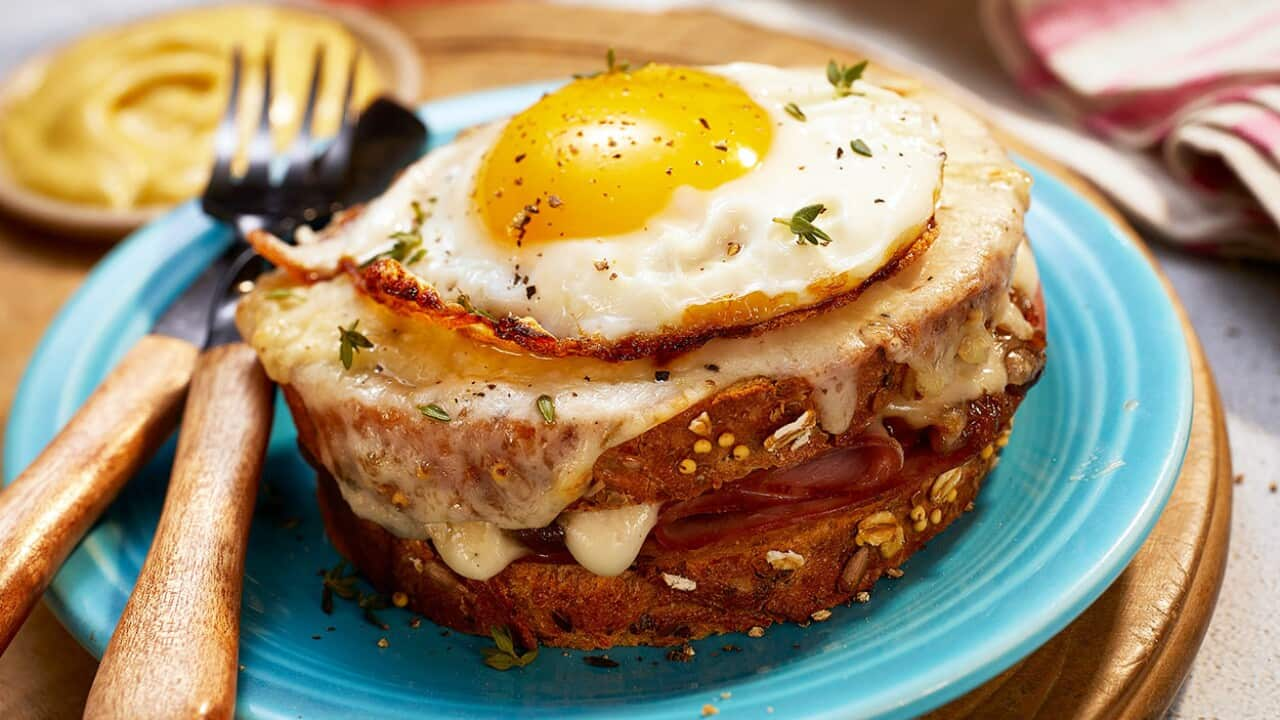My childhood memories of food are a rather unimportant haze of Vegemite or Kraft peanut butter slathered between Wonder White with the odd chicken-mayo on a warmed-up Coles baguette thrown in as a weekend treat. Mealtime held little significance in my family, driven mainly by the obligation to sustain ourselves rather than to have any lovely ritual. It wasn't until I discovered a petite shell-shaped cake, with which I share my first name, in a Parisian boulangerie that I discovered the magic of food.
When my family home splintered at the age of 10, it was a lot easier for me to let go of food than the childish hope I held that my parents would get back together. Looking back, I think that my abrupt decision to move from Sydney to Paris straight after high school was fuelled by a subconscious desire to run away from the eating disorder that haunted my life, with the hope of starting again, anonymous, in the gastronomic capital of the world. I spent the first three years of my Parisian life nannying three young kids – and each morning began at the local boulangerie. This time was sacred: spent in silence as the kids lost themselves in the delights of dunking their warm croissants in a soupy hot chocolate, the novelty never wearing thin. Outside the school gates, I'd dust off the lingering flakes of pastry from their clothes, from their hair, before sending them on their way.
I spent the first three years of my Parisian life nannying three young kids – and each morning began at the local boulangerie. This time was sacred: spent in silence as the kids lost themselves in the delights of dunking their warm croissants in a soupy hot chocolate, the novelty never wearing thin. Outside the school gates, I'd dust off the lingering flakes of pastry from their clothes, from their hair, before sending them on their way.

There is a very precise way of making croissants. Source: Madeleine Rothery
Boulangeries, the manicured temples of baked goods, of which there are some 1,200 in Paris, were unknown territory for me: I'd never seen food handled with such delicacy, such poise, all informed by tradition. I couldn't quite believe that people made a daily pilgrimage to the boulangerie – in the name of fresh bread.
I couldn't quite believe that people made a daily pilgrimage to the boulangerie.
Two years into my stay in Paris, I studied the laws of French gastronomy as part of my undergraduate law degree. The customs surrounding boulangeries, which date back to the French revolution, are particularly stringent but are designed to ensure that every French person has daily access to fresh bread. In Paris, it is custom that a traditional baguette only contains four ingredients (wheat flour, yeast, water and salt) and (unlike a baguette flûte which is 200g). A must be made of 100 per cent butter, but a turned-in croissant can be made from margarine.
READ MORE

Croissants
As silly as these precisions may seem, they formalise the rituals around food in France and transfer a sense of respect from the baker to the client. The French, for the most part, enjoy every meal at the dining table, away from distractions. There is even – they must take a mandatory pause to eat elsewhere (this law was suspended during the COVID-19 pandemic but the suspension recently expired). It's no wonder that , the pioneer of French food writing, divided his seminal book into meditations, not chapters. My entry into this sacred world of French boulangeries started with a pocket-sized, golden sponge cake, aptly called a madeleine, which I discovered on my morning visits with the kids. From the first bite, I was transported back to sweet memories of childish innocence that I thought had long been lost in the aftermath of my parents' divorce. Its powdery fragility forced me to stop and savour and surrender every (horrible) thing I thought I knew about food to the tender beauty of this tiny cake. And with my daily madeleine, the sticky binds of my complicated relationship with food were slowly dissolved.
My entry into this sacred world of French boulangeries started with a pocket-sized, golden sponge cake, aptly called a madeleine, which I discovered on my morning visits with the kids. From the first bite, I was transported back to sweet memories of childish innocence that I thought had long been lost in the aftermath of my parents' divorce. Its powdery fragility forced me to stop and savour and surrender every (horrible) thing I thought I knew about food to the tender beauty of this tiny cake. And with my daily madeleine, the sticky binds of my complicated relationship with food were slowly dissolved.

This book taught me about Parisian baking. Source: Madeleine Rothery
Several years after this first bite, I read literary masterpiece The first tome opens with the narrator eating a tea-soaked madeleine which triggers an overwhelming flood of childhood memories. So significant was this passage that une madeleine de Proust has been immortalised as a formal French literary device, referring to the power of taste to involuntarily invoke childhood memories. I guess what I'd experienced, in the Eric Kayser boulangerie on Rue d'Assas, was une vraie madeleine de Proust.
Twelve years later, I still call Paris home. And I still start every weekend with a morning madeleine, sometimes Proustian, from my local boulangerie. I hope that you too find your madeleine de Proust.
Love the story? Follow the author here: Instagram @mad.e.leiner
Photographs by Madeleine Rothery. Lead image by Farah Celjo.







